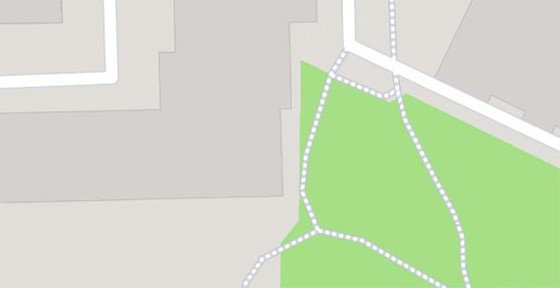The exhibition presented in the basement halls of the building includes a collection of banknotes, coins, and medals related to the history of Poland since the Piast times to the present day. The exhibition also presents a model of a stylized mint screw, blacksmith tools, crucibles, mint stamps, a treasure chest, as well as cultural monuments found during excavations on the Mill Island. Especially attractive is the collection of coins from all mints operating in Poland since the beginning of time.
The minting process can be learnt thanks to engravings and reproductions of stained glass from the mint in Konstanz. The famous golden one hundred ducat coin from 1621, considered to be one of the most beautiful on the continent, is presented in 3D technology. The collections include, among others, exhibits found in the Kuyavian-Pomeranian and Greater Poland region, and donated to the museum by known Polish collectors.In addition to exhibits, the building where the European Money Centre is located also has an interesting history. The Classicist-Baroque tenement house from the turn of the 18th and 19th centuries had stood most probably at the site of the former Bydgoszcz mint. For decades, the building served as a residential building, and since 2009 it has been the place where the numismatic collection are presented.Less
Attractions inside
European Money Centre
map


European Money Centre – popular in the area
(distance from the attraction)


